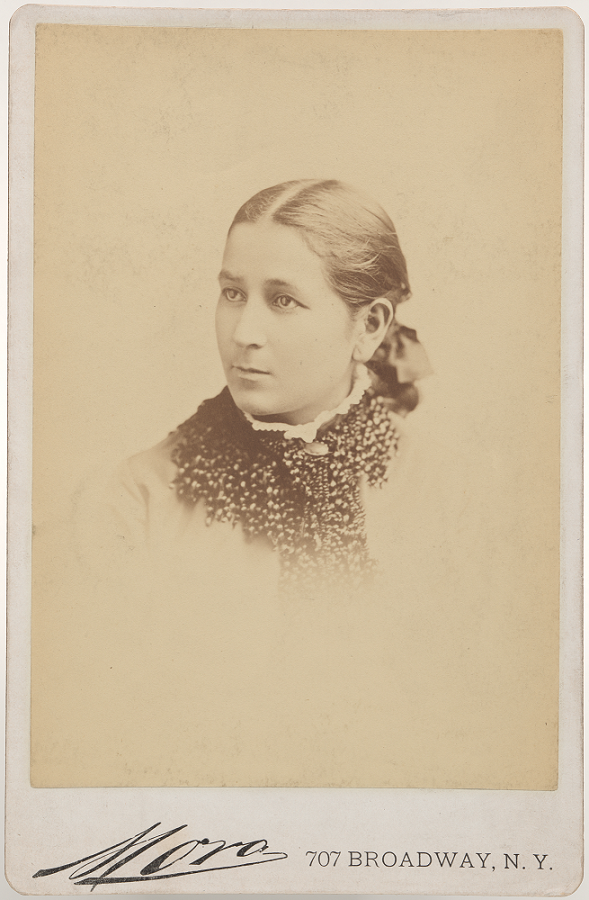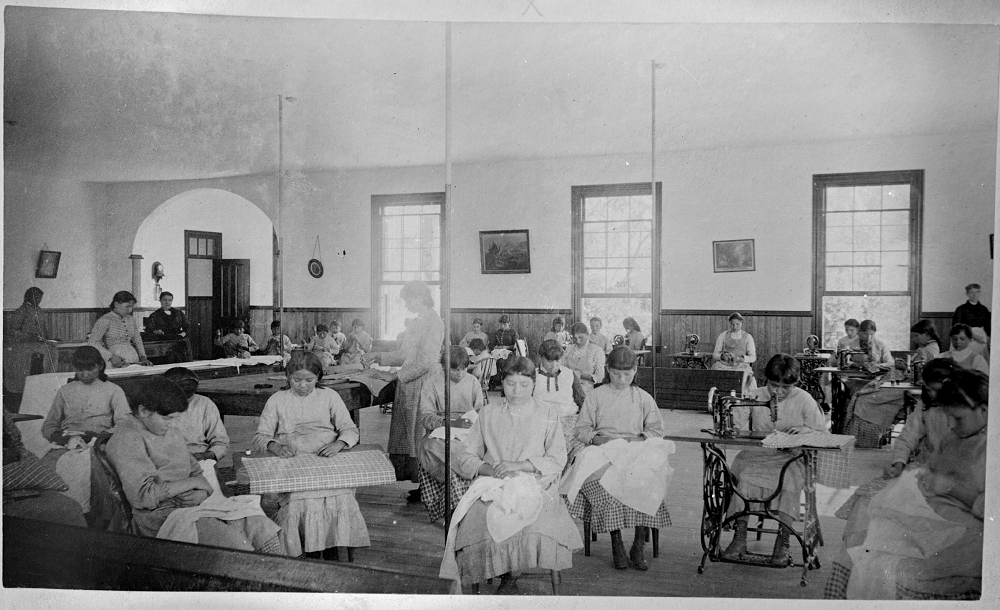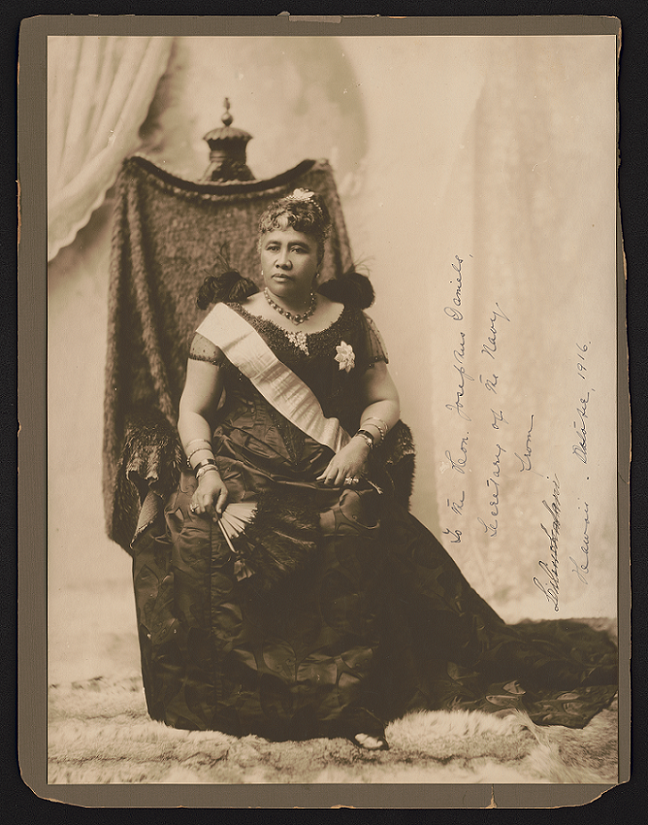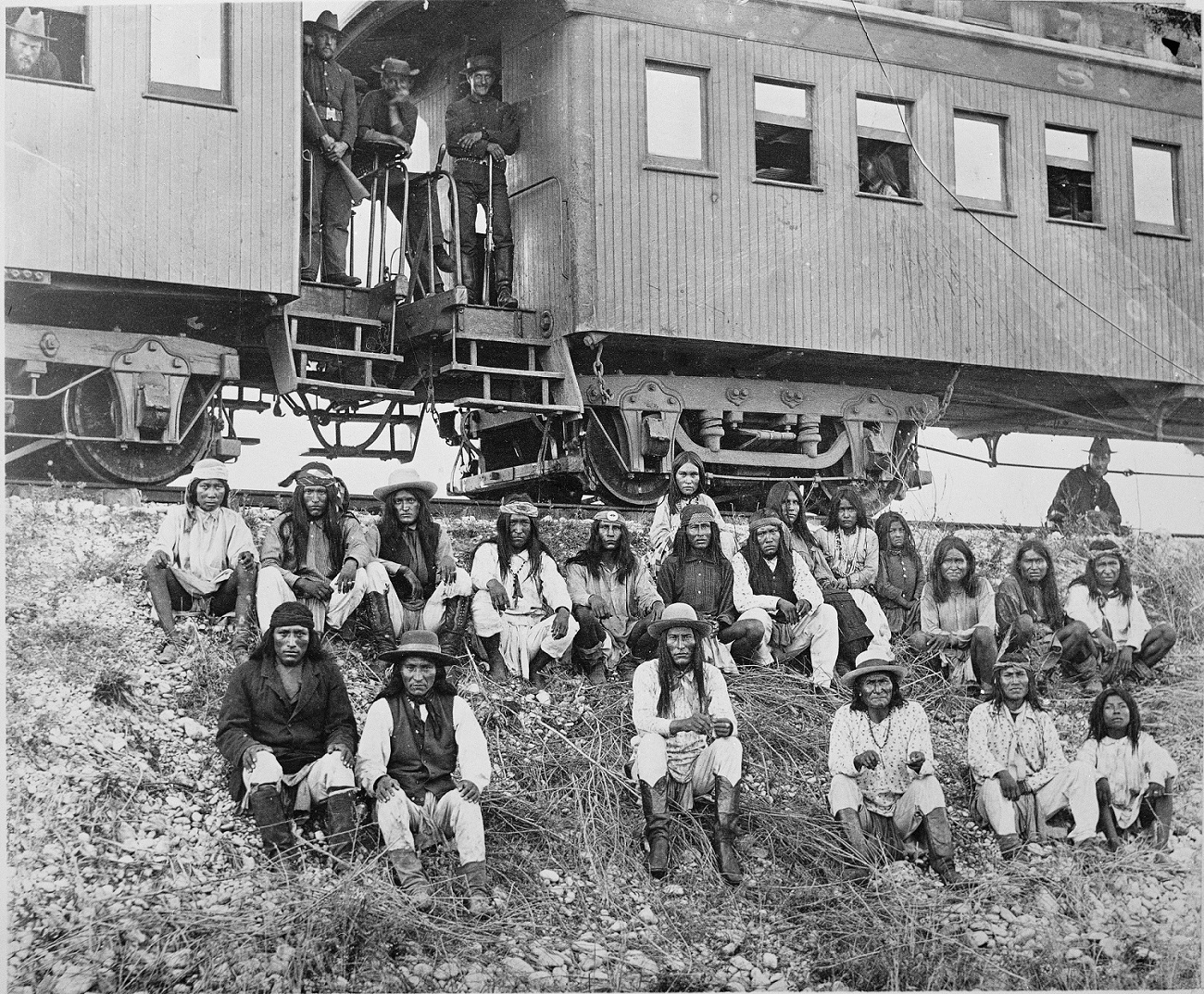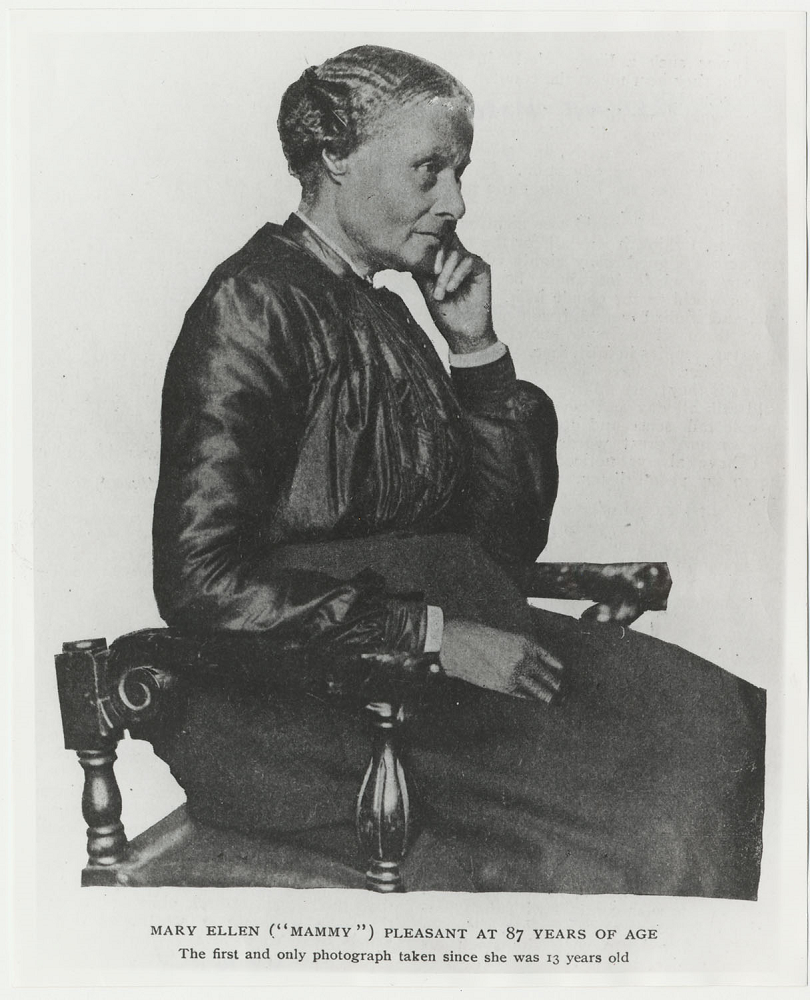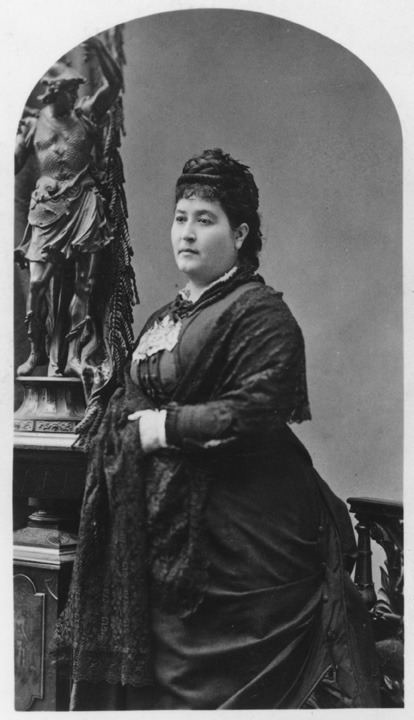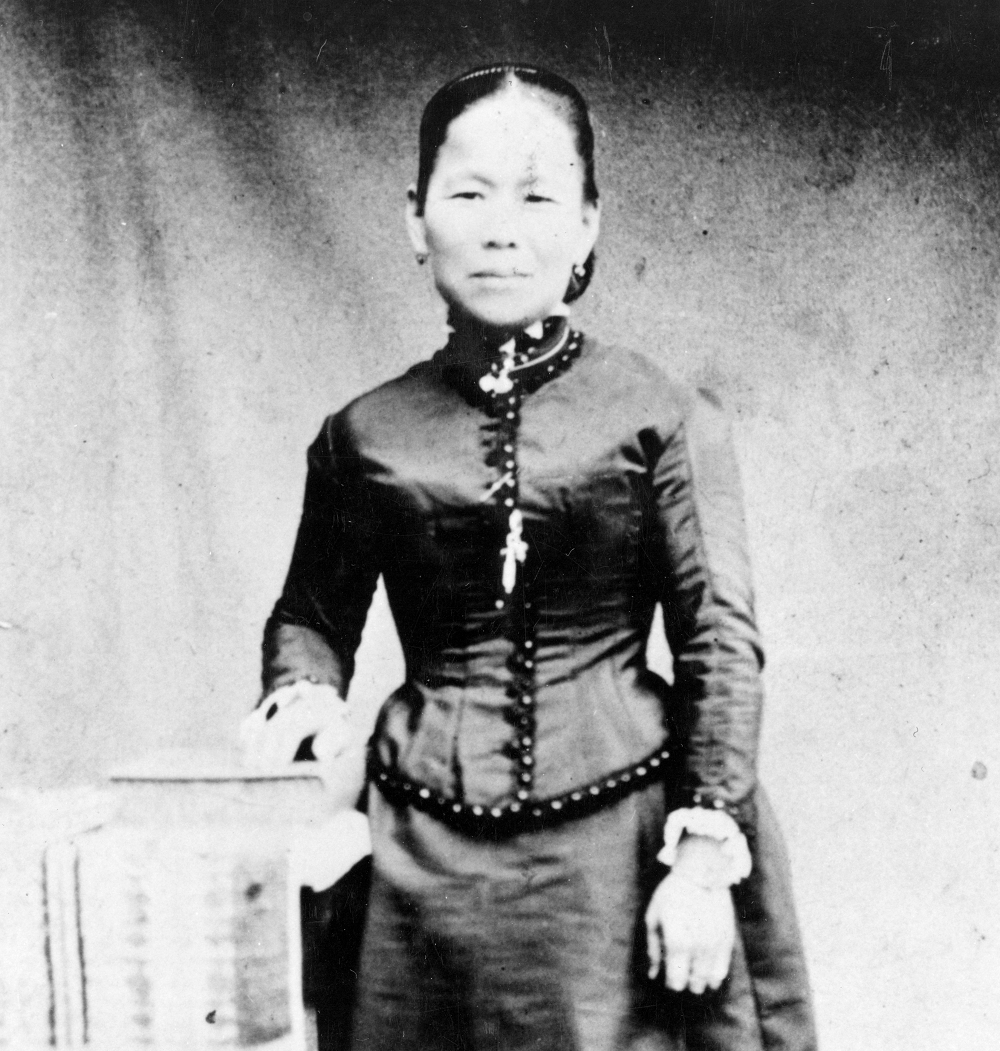Key Ideas
- Westward expansion provided new living and work opportunities for many – but not all – women.
- The American government actively restricted the rights and freedoms of Indigenous women within the United States and abroad.
- Immigration and citizenship laws based on racist stereotypes made it more challenging for women to move to the United States and access certain rights.
- Women used different strategies to criticize and resist imperialism, which had major effects on their communities and daily lives.
Introduction
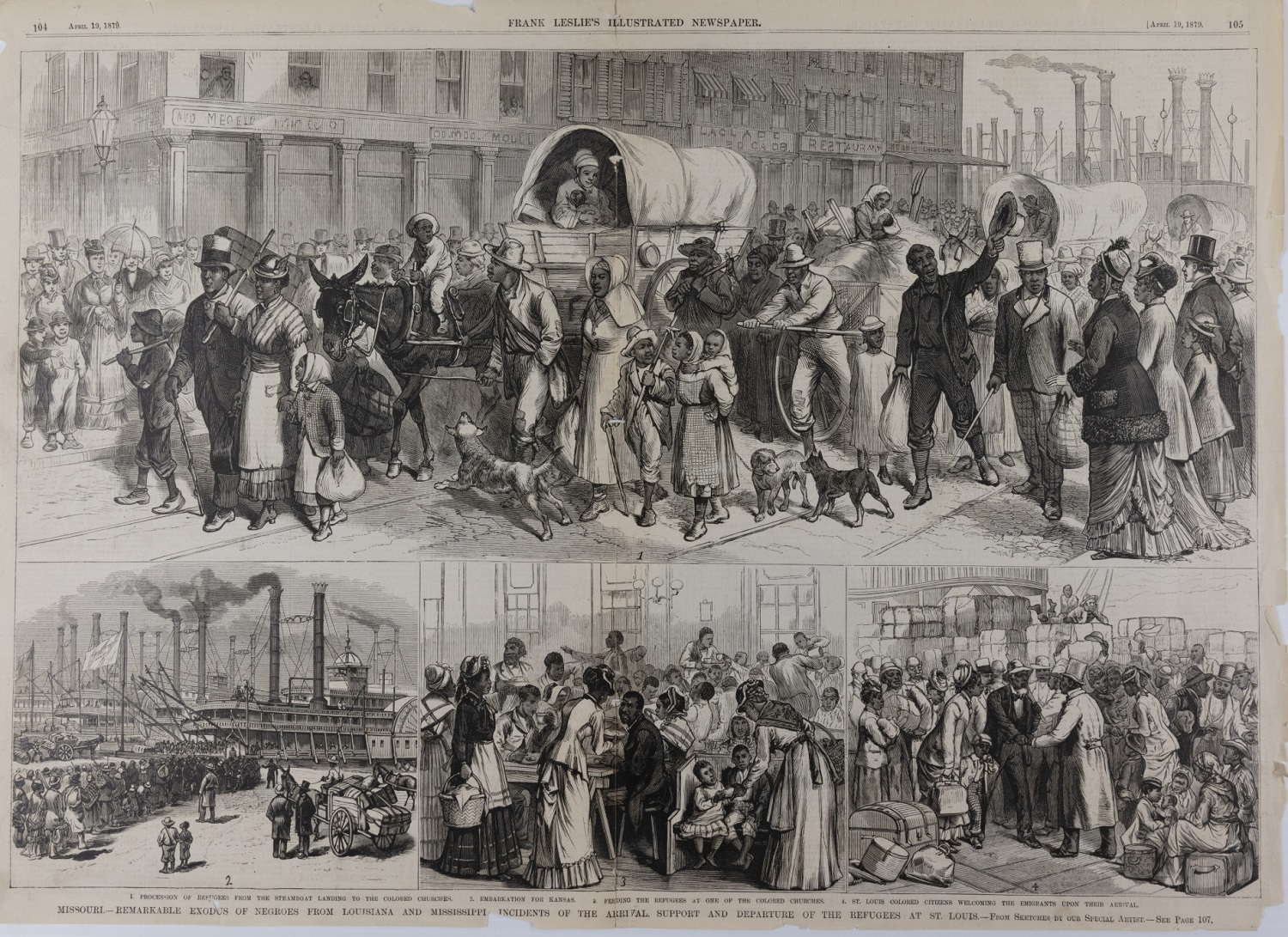
“Missouri.–Remarkable Exodus of Negroes from Louisiana and Mississippi. Incidents of the Arrival. Support and Departure of the Refugees at St. Louis,” Frank Leslie’s Illustrated Newspaper, April, 19, 1879. Missouri Historical Society.
Expansion and Empire
Industrialization paved the way for a deeper belief that white Americans needed to civilize others and spread their influence across the continent and the world. American intellectual thought at the time was grounded in colonization, the denial of the existence of Indigenous people, and the refusal to see women and people of color as deserving of the full rights of citizenship.
The U.S. government forcibly took control of Indigenous lands and pushed the communities who lived on them onto reservations. Boarding schools for Indigenous children were attempts to Americanize the next generation of Indigenous people. Some Indigenous women personally fought against forced relocation, while others tried to persuade white Americans to use their power to stand up for Indigenous rights.
However, the removal and relocation of Indigenous Americans provided opportunities for other people who were given the opportunity by the U.S. government to resettle in lands that were formerly home to Indigenous communities. The West was home to women from many different racial and class backgrounds. Black women and their families sought new opportunities in the West after slavery. White single women found work and adventure in newly established western towns, where living conditions were often challenging because of the lack of amenities.
The majority of the people living in western states were men. Decades after the 1849 Gold Rush in California, the westernmost state continued to be dominated by men searching for gold. This presented lucrative opportunities for women in traditionally female career paths like domestic service. Chinese immigrant women came to the United States in small numbers compared to men, but the U.S. government made them the first major target of immigration restrictions. The Southwest was also home to people who had lived in the territory since it had been part of Mexico, many of whom were critical of government policies to Americanize their people.
The American government expanded the country beyond the continental United States, guided by principles similar to those that led to westward expansion. Women in the new territories of Alaska and Hawaii saw their daily lives, cultures, and communities destroyed and dismantled. Cuban women living in the United States supported their country’s fight for independence from Spain. After American involvement in this conflict, known as the Spanish-American War, women from the new territories of Puerto Rico and the Philippines spoke out against American imperialism.
Section Essential Questions
- How did U.S. government policies target Indigenous communities? What did Indigenous women do to resist these policies?
- What opportunities did westward expansion provide for women from different backgrounds?
- What effects did race and ethnicity have on immigration policies?
- How did American imperialism affect women living in new territories?





